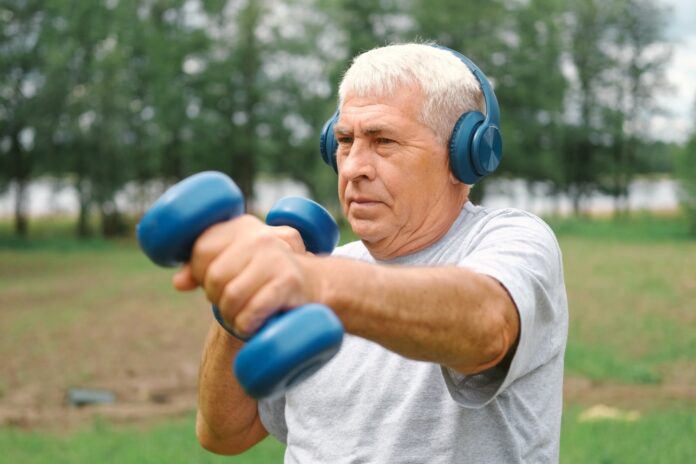As we age, maintaining both mental and physical health becomes increasingly important. Engaging in the right activities can significantly enhance the quality of life for seniors, promoting not only longevity but also happiness and fulfillment. But how do you find the best senior living activities that cater to both mental and physical well-being?
The Importance of Activities in Senior Living
Staying active is crucial for seniors to reduce the risks of cognitive decline, anxiety, and depression. Physical activities improve cardiovascular health, strengthen muscles, and enhance balance, reducing the likelihood of falls. Mental activities, on the other hand, keep the mind sharp, improving memory and slowing down the progression of dementia.
Moreover, social interactions through activities help mitigate feelings of loneliness and isolation, fostering a sense of community and belonging. Engaging in group activities promotes social connections, which are essential for emotional well-being.
Types of Beneficial Activities for Seniors
Physical Activities
- Exercise Classes: Participating in fitness classes like yoga, tai chi, or low-impact aerobics can improve mobility, balance, and overall health. These activities are tailored to suit seniors’ specific needs and limitations.
- Aquatic Therapy: Water-based exercises are excellent for seniors as they reduce joint stress and decrease fall risk. Aquatic therapy can be both enjoyable and therapeutic, aiding in rehabilitation and pain reduction.
- Gardening: Engaging in gardening not only provides light physical activity but also stimulates the senses and promotes relaxation. It can be a rewarding hobby that contributes to a sense of accomplishment.
- Walking Groups: Regular walks, whether outdoors or indoors, are simple yet effective ways to stay active. Walking in groups also enhances social interaction, making the activity more enjoyable.
Mental Activities
- Puzzles and Games: Activities like crosswords, Sudoku, and board games help keep the mind sharp and improve cognitive functions. They also offer opportunities for social engagement.
- Art and Craft Classes: Creative hobbies such as painting, knitting, or pottery can boost mental and emotional well-being. These activities stimulate the brain and can alleviate symptoms of anxiety and depression.
- Music Therapy: Listening to music, singing in a choir, or playing an instrument can enhance cognitive skills and provide emotional satisfaction. Music has a therapeutic effect that can uplift moods and evoke positive memories.
- Educational Workshops: Lifelong learning keeps the mind engaged. Workshops or guest lectures on various topics can stimulate intellectual curiosity, providing both knowledge and enjoyment.
Social Activities
- Volunteering: Participating in volunteer work can provide a sense of purpose and fulfillment. It allows seniors to give back to the community while staying active.
- Group Outings: Trips to museums, theaters, or local attractions can enrich seniors’ lives and offer meaningful social interactions.
- Intergenerational Programs: Activities that involve interactions with younger generations can foster connections and combat loneliness. These programs are beneficial for both seniors and youth.
- Game Nights and Themed Events: Organizing regular game nights or themed dinners can promote camaraderie and friendship among residents.
Choosing the Right Activities
Finding the best activities involves understanding individual preferences, abilities, and health conditions. It’s essential to cater to varied interests like gardening, technology, or music, ensuring that activities are inclusive and accessible.
Personalization
- Assess Interests: Regularly assessing what activities residents enjoy can help in tailoring programs that meet their needs. Surveys or feedback sessions can be effective tools.
- Adapt to Abilities: Activities should be adapted to accommodate different mobility and cognitive levels. This ensures everyone can participate safely and comfortably.
Inclusivity and Accessibility
- Use of Assistive Devices: Providing necessary assistive devices can help seniors engage in activities without limitations.
- Flexible Scheduling: Offering activities at various times allows residents to participate when it’s most convenient for them.
Encouraging Participation
- Overcoming Barriers: Addressing common excuses or hesitations by making activities enjoyable and engaging can increase participation.
- Family Involvement: Involving family members in activities can enhance engagement and provide additional support.
Implementing Activities in Senior Living Communities
The success of activity programs in senior living communities often relies on the dedication and creativity of activity coordinators and staff.
Role of Activity Coordinators
- Planning and Diversity: Coordinators should offer a diverse range of activities to keep residents engaged and prevent monotony.
- Resident Committees: Involving residents in planning can ensure activities align with their interests, increasing satisfaction.
Involving Community and Family
- Community Partnerships: Collaborating with local organizations can bring in fresh ideas and resources for activities.
- Intergenerational Events: Hosting events with schools or youth groups can create meaningful connections across generations.
Safety and Health Protocols
- Health Assessments: Ensuring that activities are suitable for residents’ health conditions is crucial.
- Emergency Preparedness: Staff should be equipped to handle any emergencies that may arise during activities, maintaining a safe environment for all participants.
Conclusion
Finding the best senior living activities for mental and physical health is about creating a balanced program that caters to the diverse needs and interests of seniors. By focusing on personalization, inclusivity, and engagement, it’s possible to enhance the quality of life for seniors, promoting not only health but also happiness and fulfillment in their golden years.


